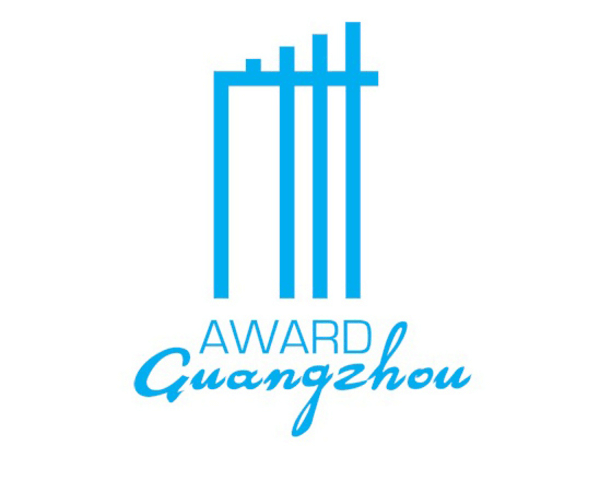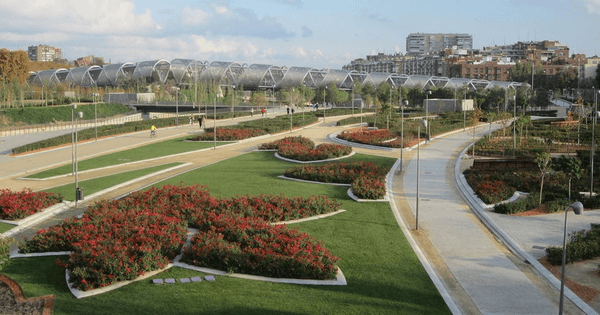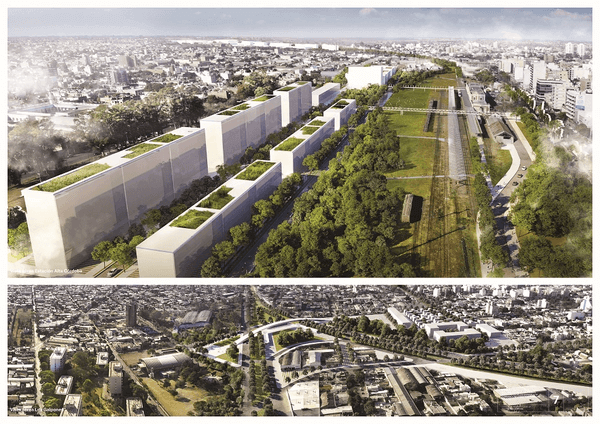
City
Wuhan
Main actors
City Government, Private Sector, Public Utility, other, Research Institutes / Universities
Project area
Neighborhood or district
Duration
Ongoing since 2015
The City of Wuhan has revitalized one of the most polluted areas of the city into an ecological space for citizens.
The abandoned Jinkou Landfill and Zhanggong Dkye were the two largest sources of pollution in the city of Wuhan. Consequently, despite the expansion of the city, its commercial, educational and public health infrastructure lagged behind the growing need of the people - a deserted garbage dump and an abandoned dyke formed a “pollution divide” which widened the ecological and economic gap.
In 2015 the city government launched, a restoration project for the area covering 213 hectares to create a suitable site for the China International Garden Expo. The initial project exceeded both city officials and residents’ expectations and the waste dump is now a recreational park and the dyke an urban forest used by pedestrians and cyclists. The project forms part of Wuhan’s General Urban Planning scheme (2010-2020) and has improved the quality of life for 14 adjacent communities that house approximately 400,000 people.
Guangzhou Award
This project was awarded the 'Guangzhou Award' in 2018.
External links / documents
On Map
The Map will be displayed after accepting cookie policy



